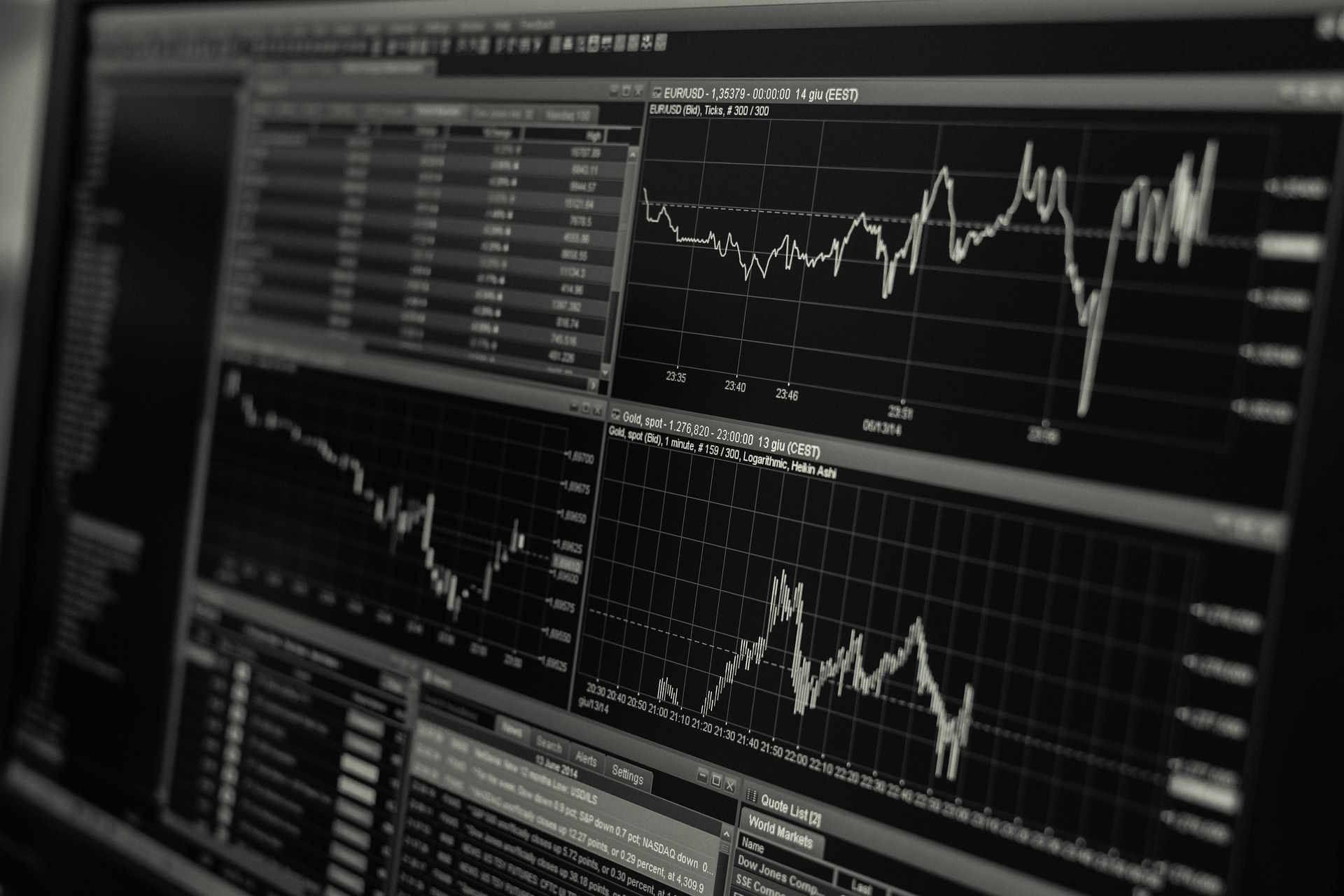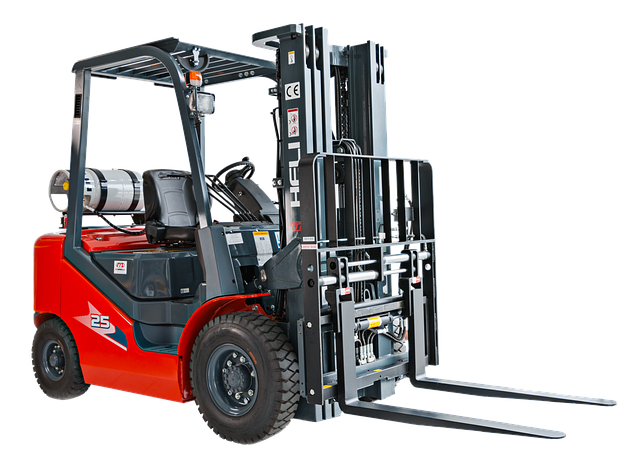Shifting Paradigms: The Resurgence of Local Manufacturing in Global Trade
In an increasingly globalized world, where production has often been outsourced to areas with lower labor costs, the tide appears to be turning. Local manufacturing is making a comeback. This trend, fueled by a confluence of factors such as trade tensions, advancements in manufacturing technology, and a growing emphasis on sustainability and resilience, is reshaping the industrial landscape.

The Historical Context: Globalization and Its Discontents
For decades, globalization was the dominant trend in manufacturing. Fueled by free trade agreements, advances in transportation, and the advent of the internet, companies began to shift production from high-cost developed countries to low-cost developing nations. This shift led to some significant benefits, such as lower costs for consumers and the creation of jobs in emerging economies. However, it also led to job losses in developed countries and increased environmental degradation due to long supply chains.
The Resurgence of Local Manufacturing: Current Trends and Drivers
Today, a different picture is emerging. Increasing trade tensions have made global supply chains less reliable. Meanwhile, the COVID-19 pandemic has exposed the vulnerabilities of over-reliance on long, complex supply chains. These factors, combined with advances in automation and additive manufacturing technologies, are making local manufacturing more feasible and attractive.
The Impact of Local Manufacturing: Benefits and Challenges
The shift towards local manufacturing has several potential benefits. It can lead to job creation in developed countries, reduce environmental impact due to shorter supply chains, and improve resilience in the face of global uncertainties. However, it also presents challenges. For instance, companies must invest in new technologies and skills, and they may face higher labor costs compared to outsourcing.
Practical Strategies for Embracing Local Manufacturing
For businesses considering a shift towards local manufacturing, several strategies can help navigate this transition:
- Investing in Advanced Technologies: Technologies such as 3D printing and robotics can help offset higher labor costs and enhance productivity.
- Building Local Supply Chains: Establishing strong relationships with local suppliers can ensure a reliable supply of raw materials and components.
- Developing Skills and Talent: Investing in training and development can ensure that employees have the skills needed to operate new technologies and systems.
The Future of Local Manufacturing: A Balancing Act
In conclusion, the resurgence of local manufacturing represents a significant shift in the global industrial landscape. It offers potential benefits in terms of job creation, environmental sustainability, and resilience. However, it also presents challenges and requires careful strategic planning. As such, the future of manufacturing may not be entirely local or entirely global, but a balanced mix of the two, where companies strategically choose where to produce based on a variety of factors, including cost, risk, and environmental impact.




